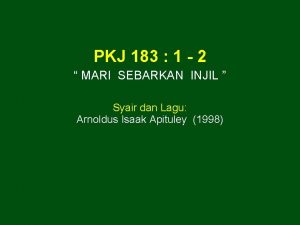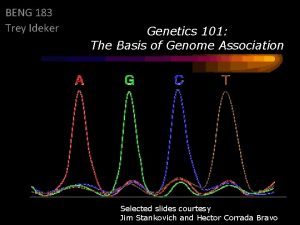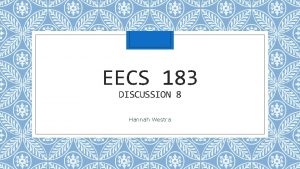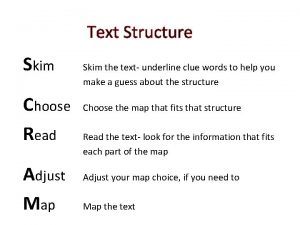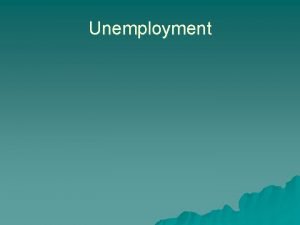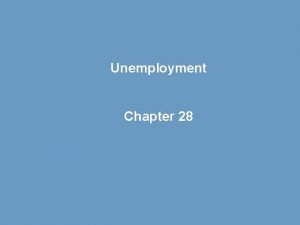Unit II Unemployment Skim through pages 181 183










- Slides: 10

Unit II Unemployment

• Skim through pages 181 -183 in 5 Steps to a 5 • Respond to the following: Provide at least one example of each type of unemployment. Who is in the labor force? How do we calculate the unemployment rate? Bell Work

A. Step I: Who is eligible and available to work? 1. Who is in the labor force? a. b. c. Those who are willing and able to work Both employed and unemployed Unemployed means people who are not working but looking for a job B. Step 2: Calculating the Unemployment Rate Measurement of Unemployment

B. Step 2: Calculating the Unemployment Rate Measurement of Unemployment

A. Unemployment rate does not accurately account for 1. Part-time employment a. Counts as fully employed 2. Discouraged workers Criticism of Measurement

A. Frictional Unemployment 1. Between jobs B. Structural Unemployment 1. Being replaced 2. Skills no longer wanted or needed C. Cyclical Unemployment 1. Decline in total spending 2. During recession Types of Unemployment

A. When is an economy experiencing full employment? 1. If there is only structural and frictional unemployment 2. No cyclical unemployment 3. This is the full-employment rate of unemployment or the natural rate of unemployment 4. This is when the economy produces its potential output Full Employment

A. The failure to produce 1. This is called the GDP gap—the difference between actual gap and potential GDP. 2. GDP gap= actual GDP – potential GDP 3. Can be negative when actual GDP < potential GDP 4. Can be positive when actual GDP > potential GDP Costs of Unemployment

B. Okun’s Law 1. If the unemployment rate is 1 percent greater than the natural unemployment rate, a negative GDP gap of about 2% occurs. Costs of Unemployment

C. Unequal Burdens 1. Lower-skilled occupations = higher unemployment rates 2. Younger people= higher unemployment rates 3. Less education= higher unemployment rates Costs of Unemployment



